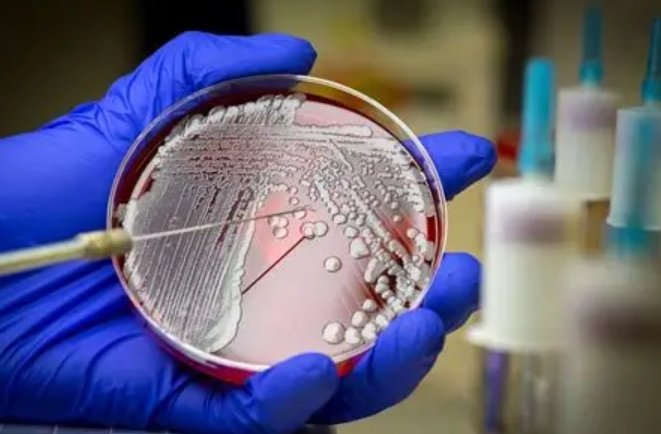
Image credit: Freepik
Despite significant progress in decoding the genetic blueprints of living organisms, a major challenge remains: knowing a gene's sequence does not automatically reveal its function. Even in well-studied bacteria like Escherichia coli (E. coli), approximately one-quarter of the genes have no known role. Traditional methods, such as turning off individual genes to observe their effects, are time-consuming, labor-intensive, and often inconclusive due to gene redundancy.
Researchers from Singapore's Yong Loo Lin School of Medicine, National University of Singapore (NUS Medicine) and collaborators from the University of California, Berkeley (UC Berkeley) have developed a new technique called Dual transposon sequencing (Dual Tn-seq), which allows for rapid identification of genetic interactions. It maps how bacterial genes work together, revealing vulnerabilities that could be targeted by future antibiotics.
Assistant Professor Chris Sham Lok To from the Infectious Diseases Translational Research Programme and the Department of Microbiology and Immunology, NUS Medicine, who led the study. explains, “By mapping, we can now see which genes depend on each other, and which pairs of genes bacteria can’t live without. That’s exactly the insight we need for next-generation antibiotics.”
Researchers used tiny, mobile genetic elements called transposons, each tagged with a unique DNA “barcode” to inactivate genes. By generating cells with two random transposon insertions and using a molecular “matchmaker” enzyme called Cre recombinase, the team could read both barcodes together, identifying double mutants on a genome-wide scale. Applied to Streptococcus pneumoniae—a major respiratory pathogen and an ideal genetic model because it is well-understood genetically and easy to manipulate in the lab— this method sampled 73% of the 1.3 million possible gene-pair deletions.
Some of the major finding were;
Beyond solving fundamental mysteries of gene function, Dual Tn-seq has far-reaching implications. By mapping bacterial gene networks, scientists can pinpoint metabolic vulnerabilities that could be targeted by new drugs, which could help combat the global crisis of antimicrobial resistance. The method is highly adaptable, requiring no pre-constructed mutant collections, and can be applied to other pathogens or tested under different conditions, such as antibiotic exposure or host-like environments.
“By looking at pairs of genes instead of just one at a time, we can uncover hidden weaknesses in bacteria that would otherwise go unnoticed,” said Professor Adam Deutschbauer, Department of Plant and Microbial Biology, UC Berkeley. “This kind of insight not only deepens our understanding of how bacteria work, but also points us toward new strategies for tackling drug-resistant infections.”
Looking ahead, the team aims to refine the method to study essential genes, apply it to other clinically important microbes, and generate large, high-quality datasets to train machine learning and artificial intelligence (AI) models for functional genomics.




